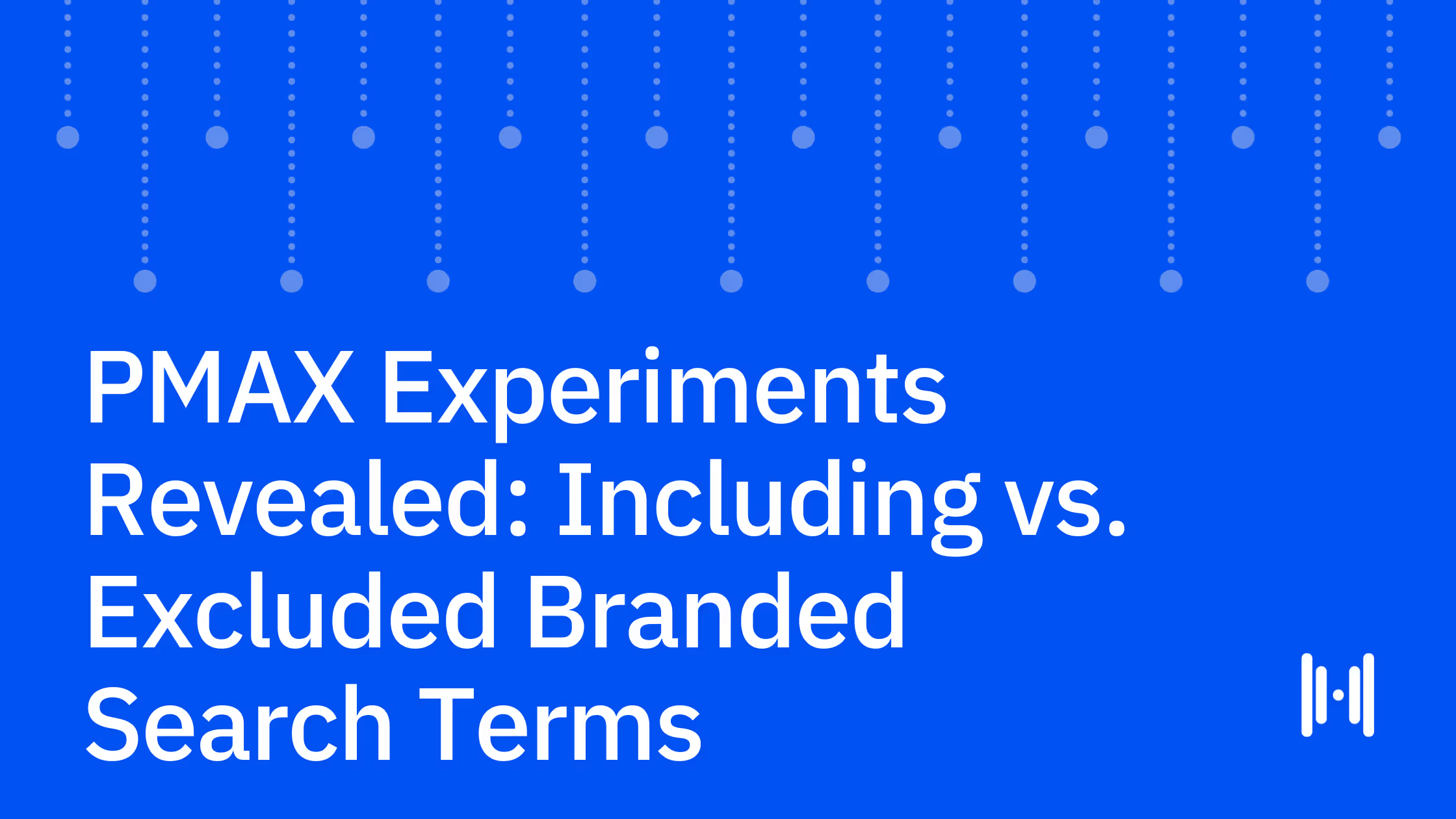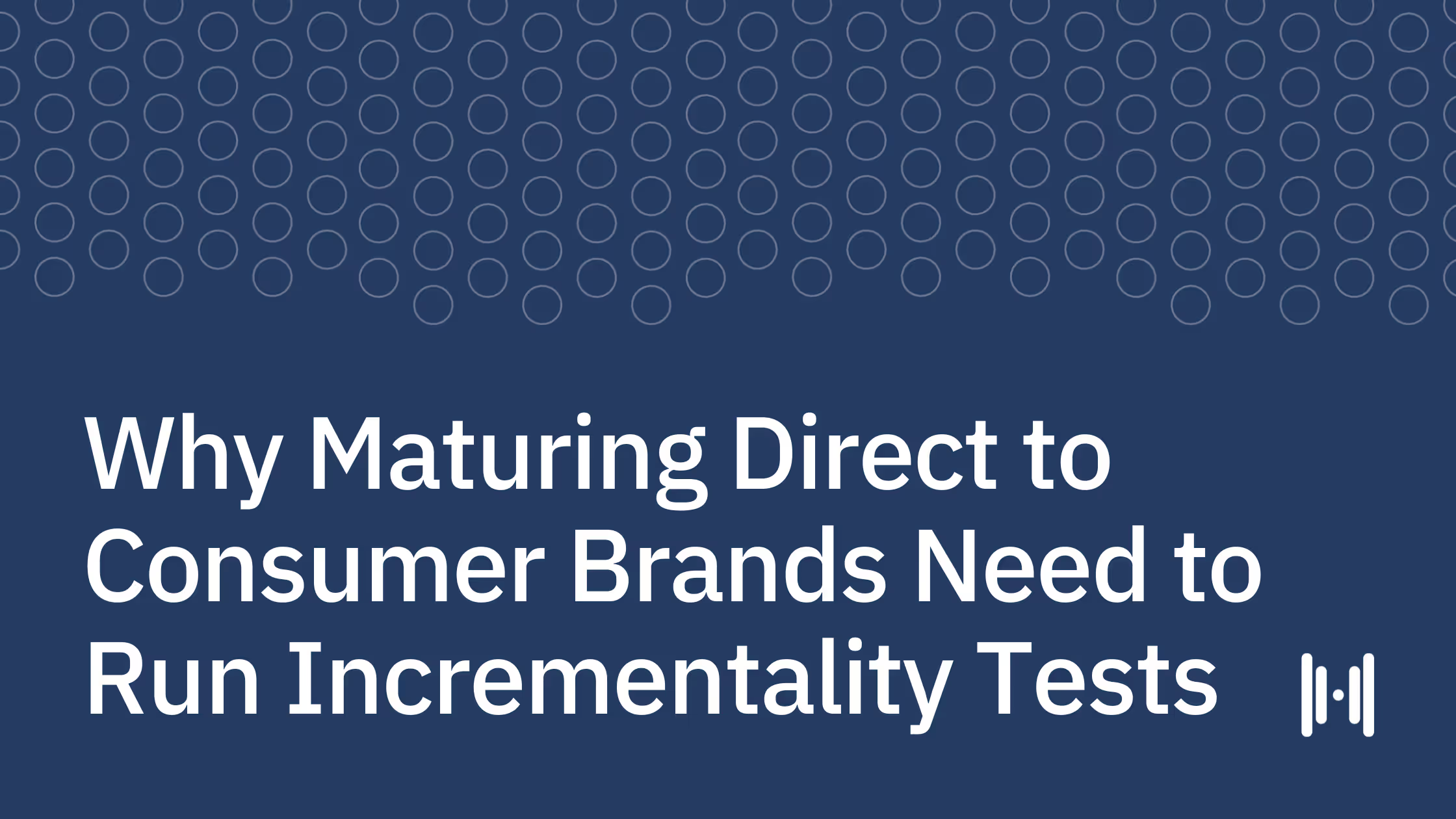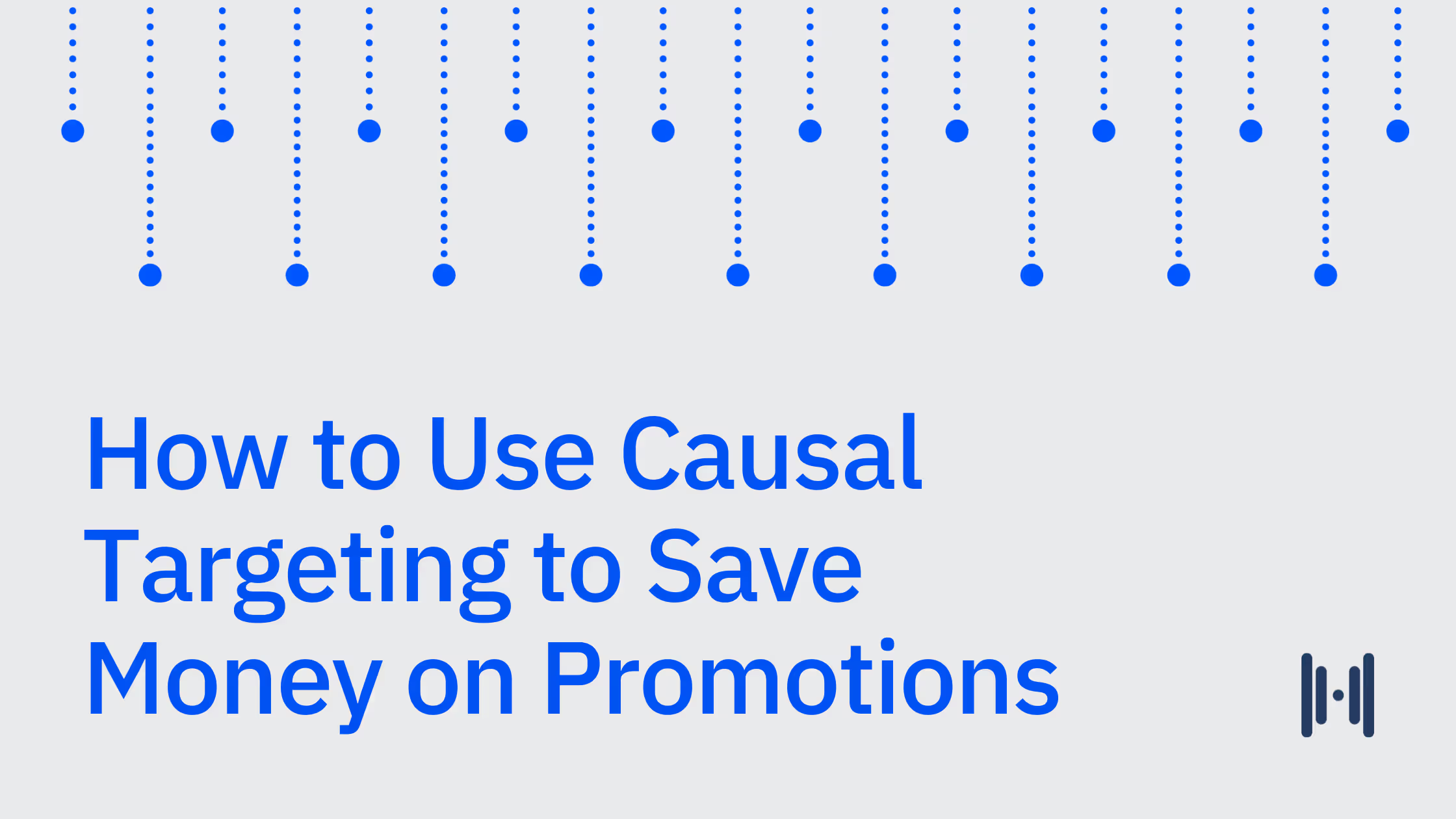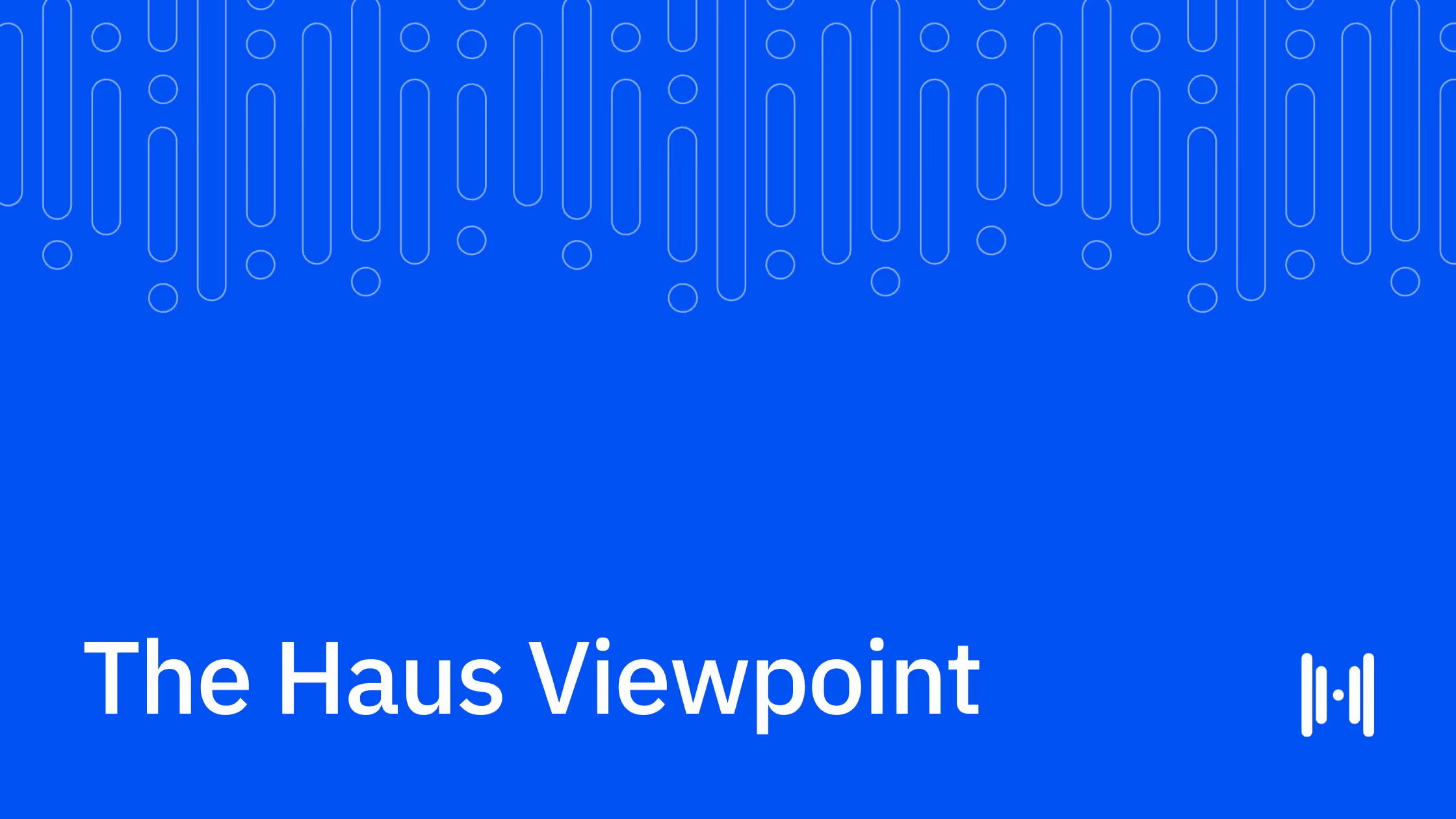GeoFences: Precise Geographic Control for Marketing Experiments
GeoFences enable you to exclude markets from your test that aren’t relevant to your business — helping you focus more deeply on the ones that are.
•
Aug 6, 2025

Running experiments across all markets isn't always practical. Whether you're dealing with regional regulations, limited distribution areas, or simply want to focus on markets that matter most to your business, geographic precision is essential.
That's where GeoFences come in. As their name implies, GeoFences help you “fence off” certain regions from your test — helping you exclude markets that aren’t relevant to your business and focus more deeply on the ones that are. As we’ll explore below, GeoFences aren’t just a nice-to-have; they’re a requirement for brands in regulated industries.
What are GeoFences?
GeoFences are custom digital boundaries created within the Haus app, giving marketers total control over where their experiments run. At a technical level, these are selections of geographic areas — such as specific states or Designated Market Areas (DMAs) — that you can include or exclude directly within the app's straightforward experiment creation flow.
Want to run tests only in markets where you already sell your products? GeoFencing lets you include just those 30 states, automatically excluding the rest. This means your results only reflect activity and interest in the markets that matter, giving you cleaner data and more actionable insights.
Why use GeoFences?
GeoFences prove particularly valuable in several scenarios. Your business may operate or deliver services only in select regions, making broader testing unnecessary. Or your product or historical data might restrict experimentation to specific areas where you have sufficient baseline performance. Local factors like seasonality or regulations can make some regions a poor fit for testing, skewing your results.
You could even use GeoFences to run concurrent non-overlapping experiments. Or maybe you’re running an out-of-home (OOH) campaign in a specific city and want to hold out that city while running other experiments.
By limiting your test and control groups to only the regions that matter and excluding the rest, GeoFences ensures a clean experimental design, allowing your insights to be truly actionable.
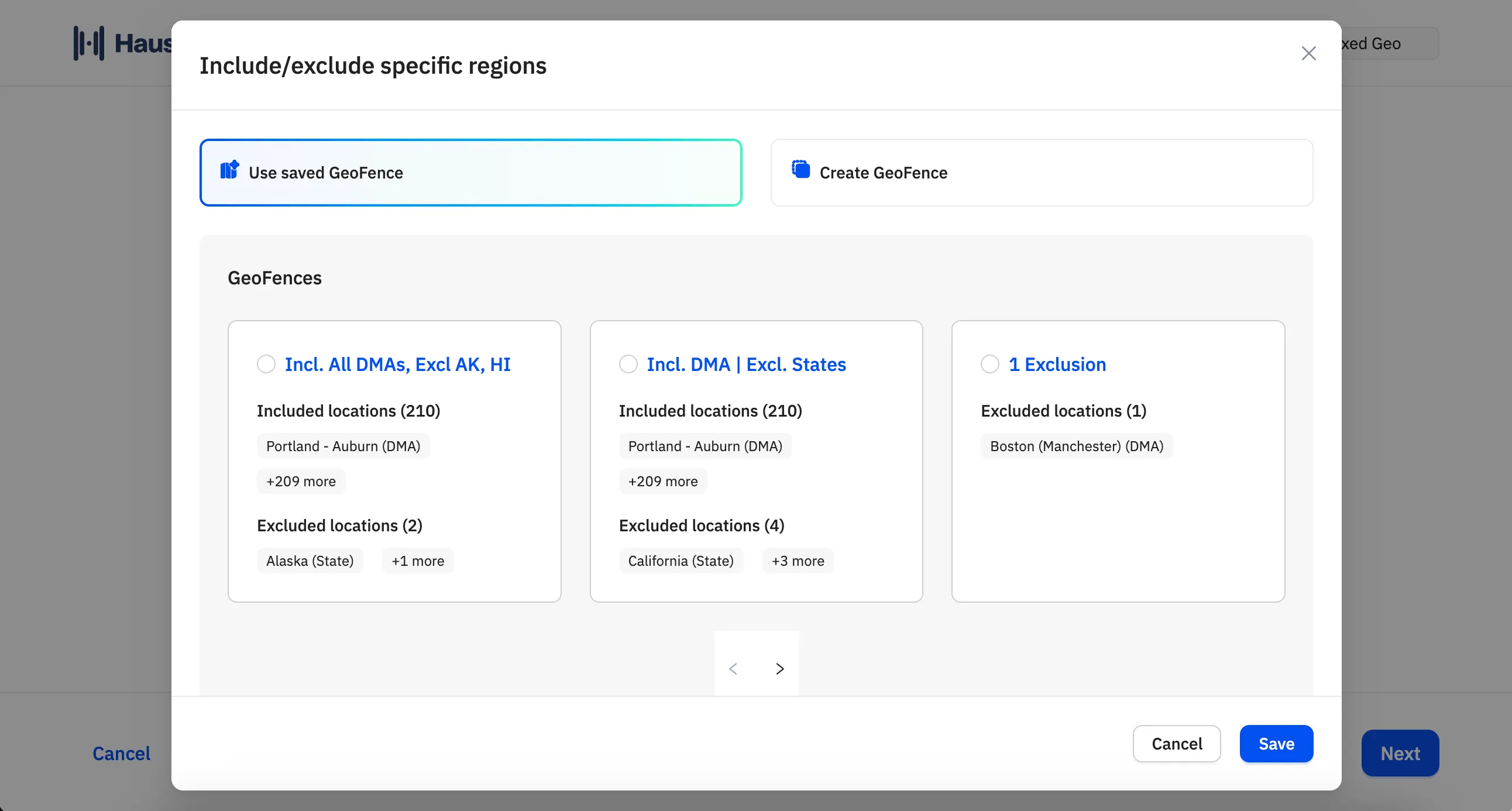
When are GeoFences a requirement?
For companies in regulated industries, GeoFencing isn't just a best practice — it's table stakes.
Picture this: it's Sunday afternoon, and you're watching your favorite NFL team. The crowd is roaring "DE-FENCE! DE-FENCE!" as the opposing team approaches the red zone. Meanwhile, ads are appearing across TV, Meta, and Google, reaching millions of fans and encouraging them to place bets on apps like FanDuel. However, there's a catch: Those ads can only be shown in states where sports betting is legal.
Just like in football, where a strong defense protects your territory and stops unwanted plays, GeoFences act as your marketing experiment's defense — protecting your experiment from irrelevant markets and ensuring only the right geographic "plays" make it through. For sports betting companies, this isn't just smart marketing; it's legally required. Every experiment must comply with state-by-state regulations, making geographic precision not only helpful but absolutely essential.
Gambling isn’t the only industry in which regional controls are critical — alcohol, cannabis and CBD, healthcare and pharmaceuticals (particularly telemedicine or medical devices), and firearms and ammunition are all examples of industries that face strict legal limits on where they can advertise or operate. With Haus, compliance becomes straightforward: Create and save GeoFences, and rest easy knowing your experiments will stay within your selected boundaries.
Your competitive edge
Haus' GeoFencing isn't just another feature — it's your competitive edge in running smarter, more compliant, and more relevant experiments. Whether you're navigating strict regulations, aiming to isolate regional campaign impacts, or simply keeping your tests data-driven and clean, GeoFencing puts precision at the heart of every marketing experiment.
With support from Haus' science team, you can ensure that every test you run delivers insights that are statistically sound and practically applicable to your market reality.
.png)
.png)
.png)
.avif)


.png)
.png)
.png)
.png)
.png)
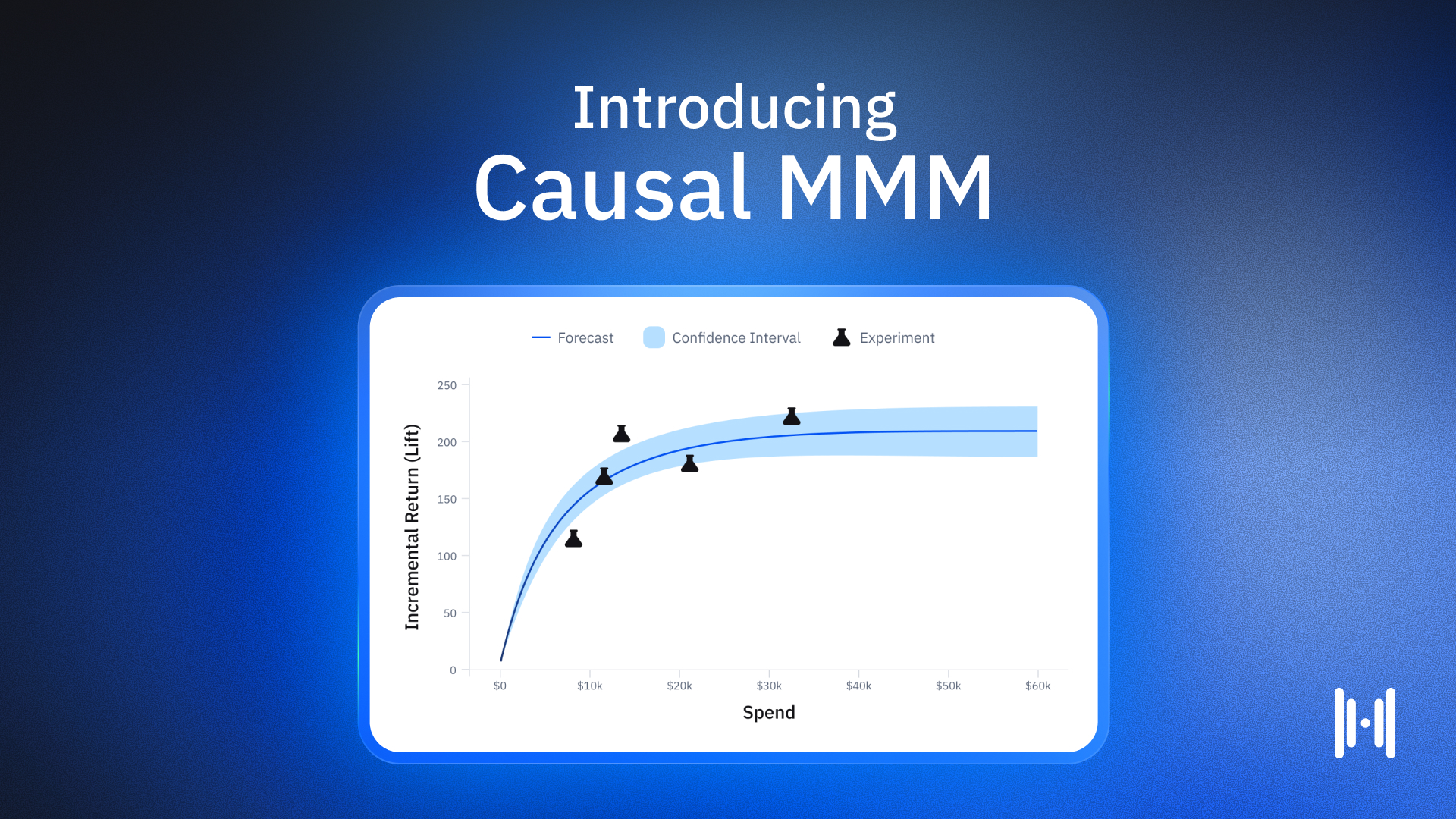
.avif)
.png)
.png)
.png)
.png)
.png)
.png)
.png)
.png)
.png)
.webp)
.webp)
.webp)
.webp)
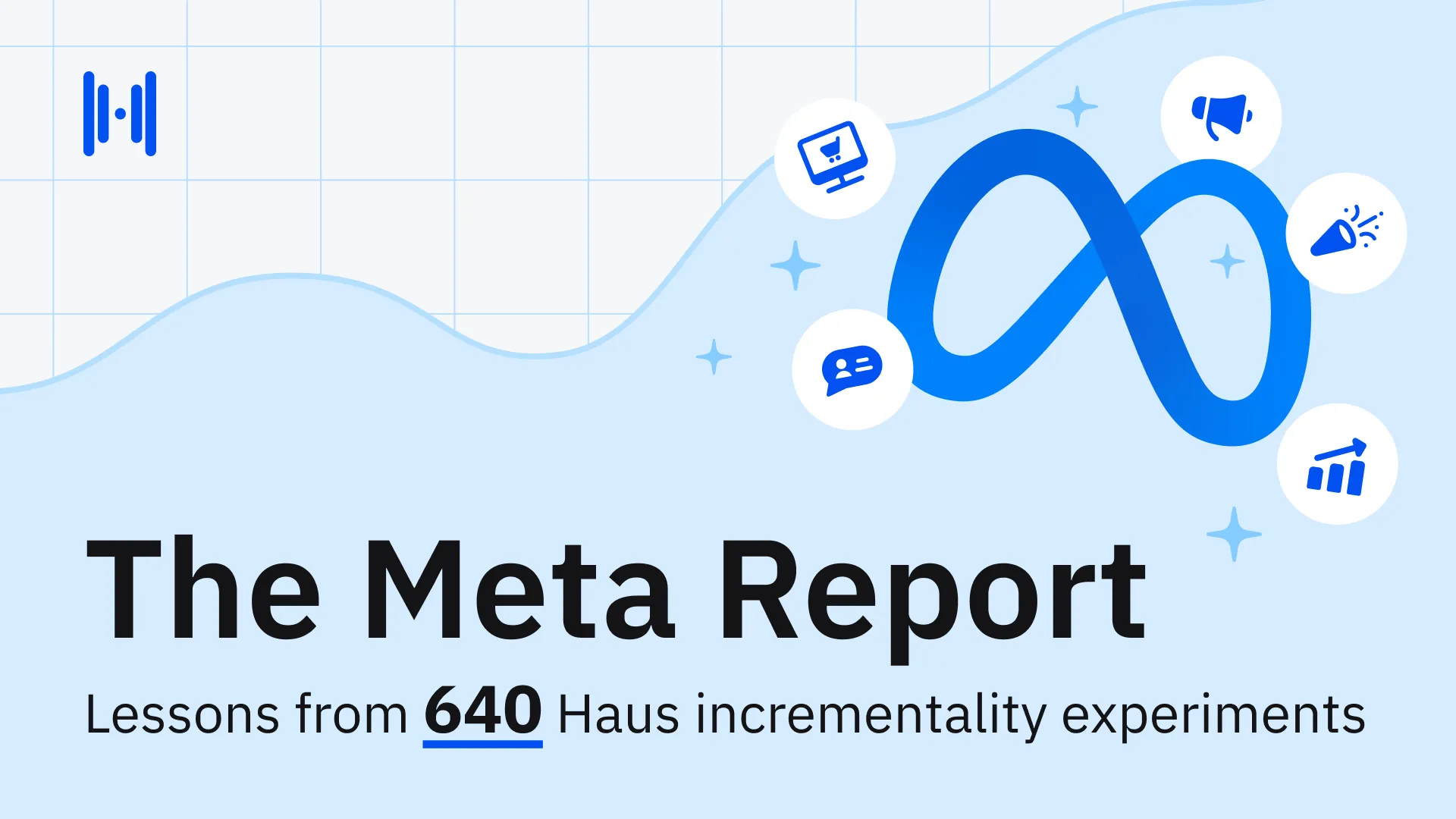
.webp)
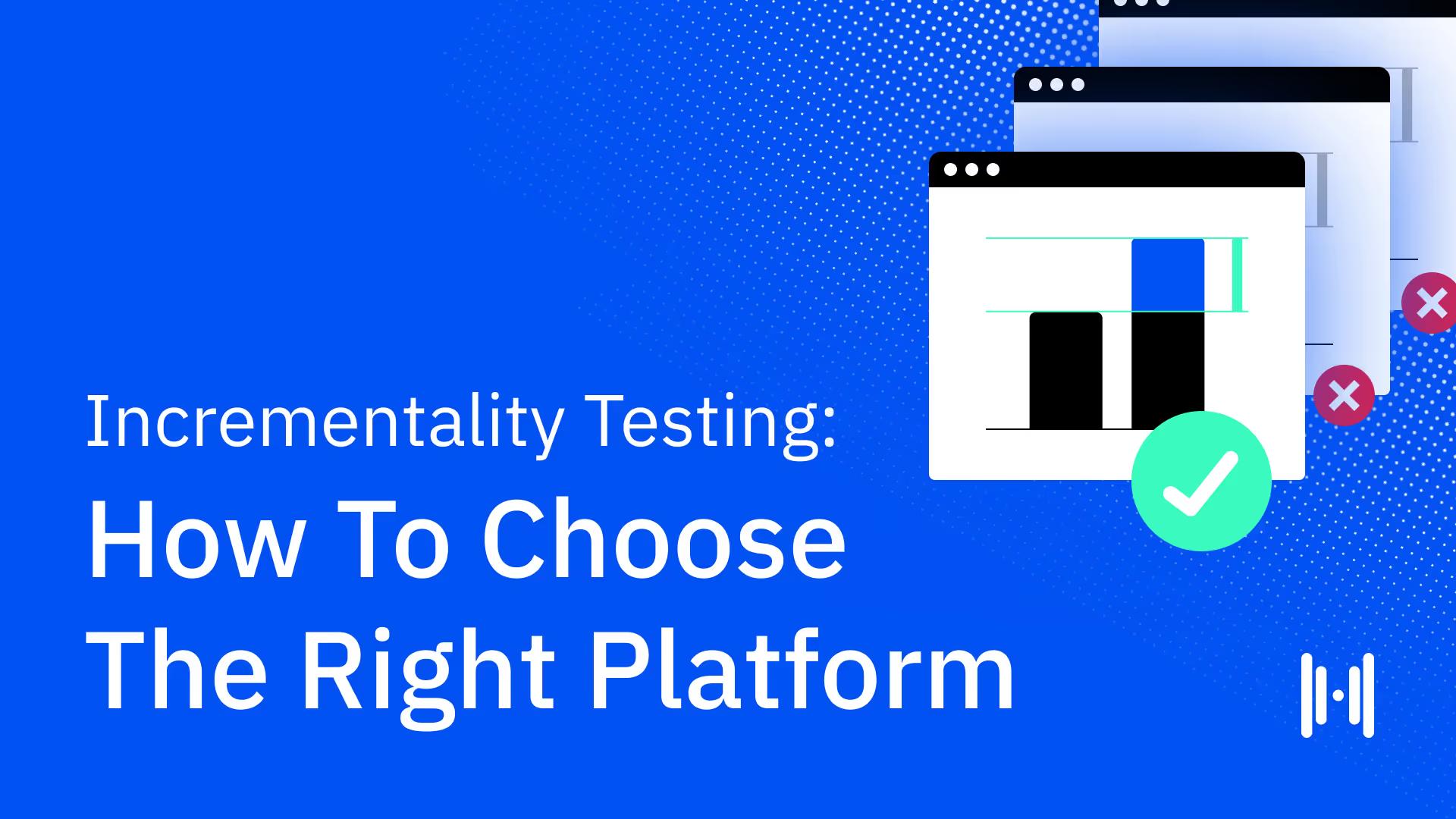
.webp)
.webp)
.webp)
.webp)
.webp)
.webp)
.webp)
.webp)
.webp)
.webp)

.webp)
.webp)
.webp)
.webp)
.webp)
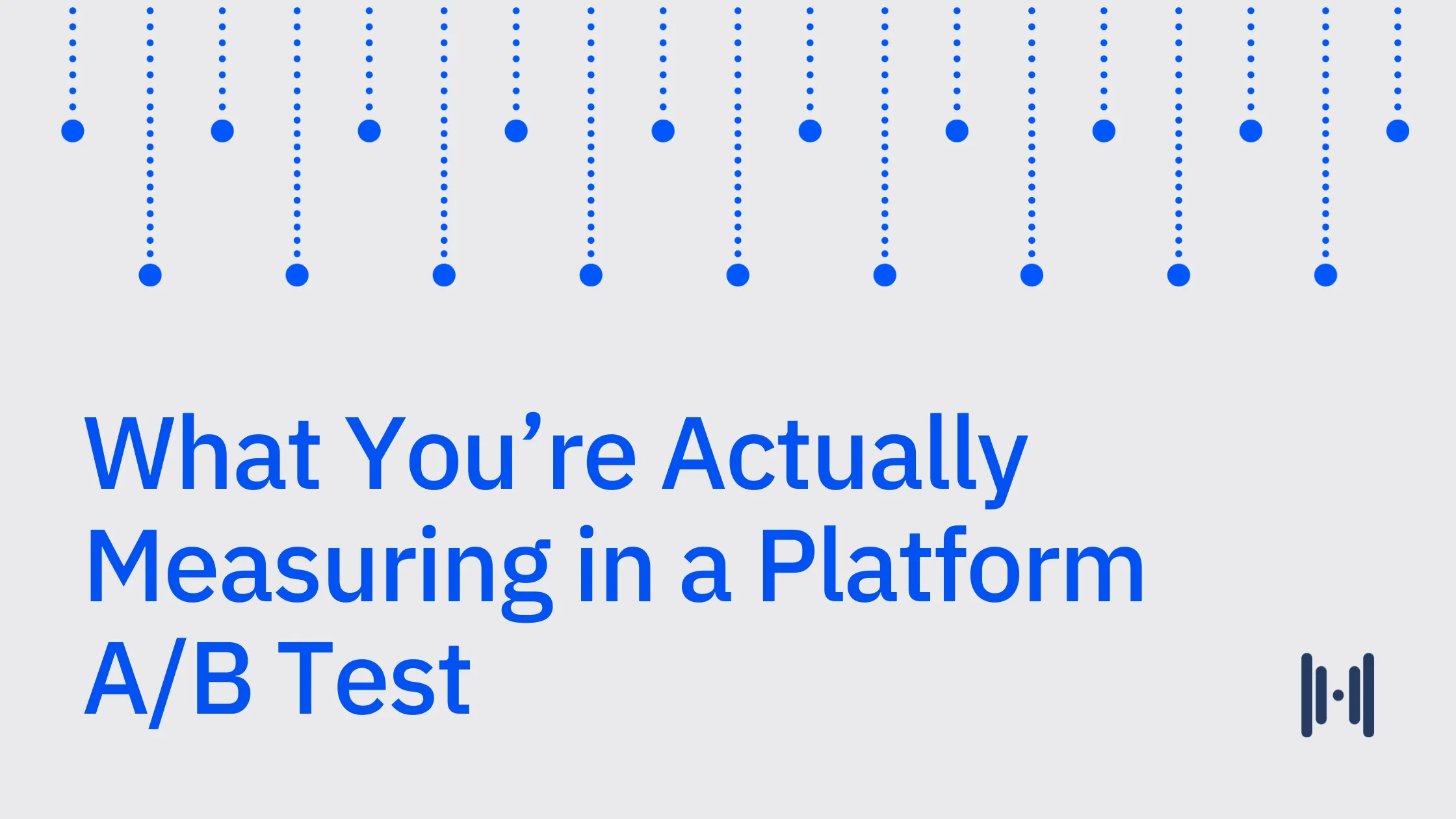
.webp)


.avif)
.avif)



.avif)
.avif)
.avif)

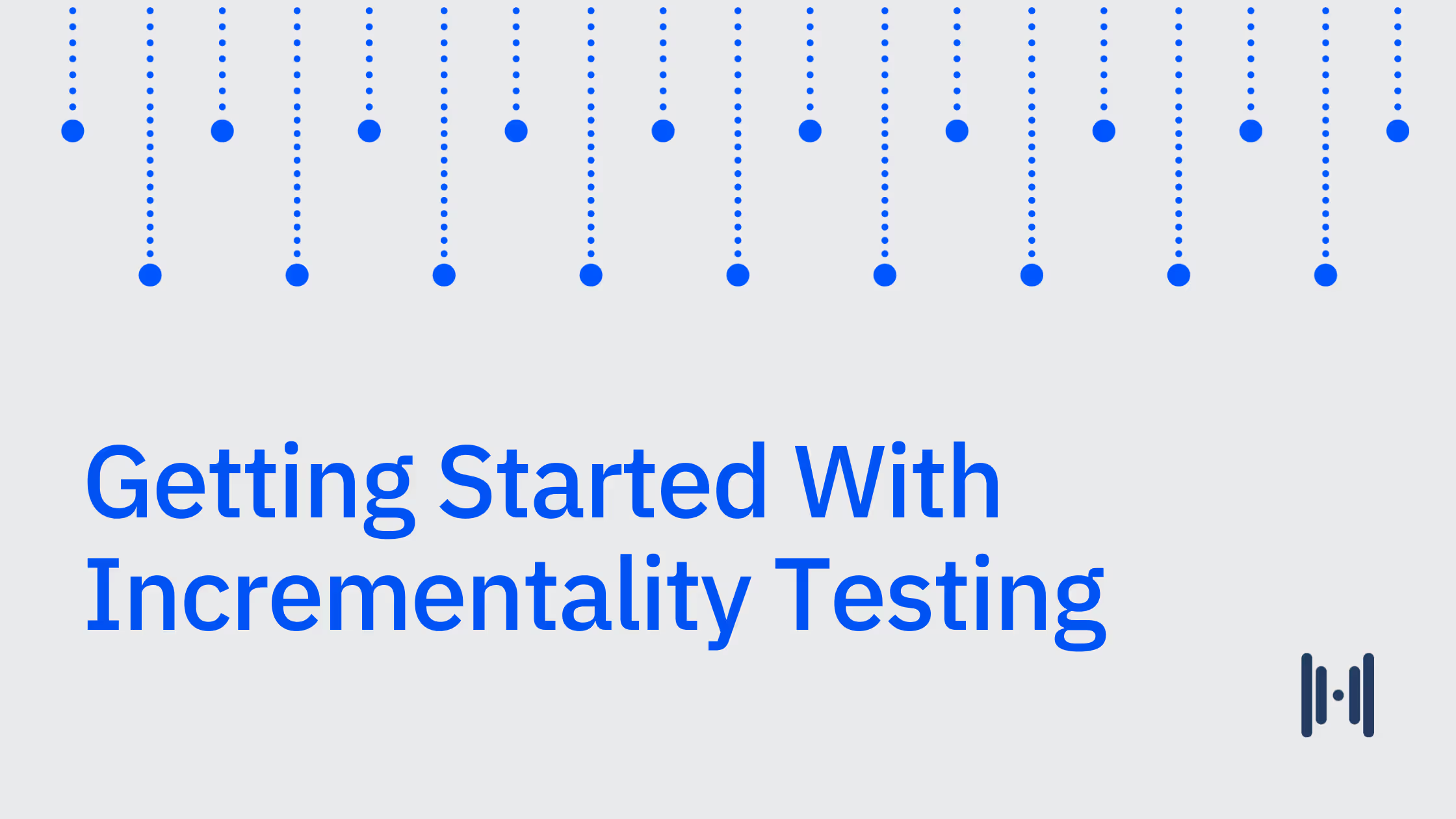
.avif)
.avif)
.avif)
.avif)
.avif)
.avif)




.png)
.avif)
.png)
.avif)
